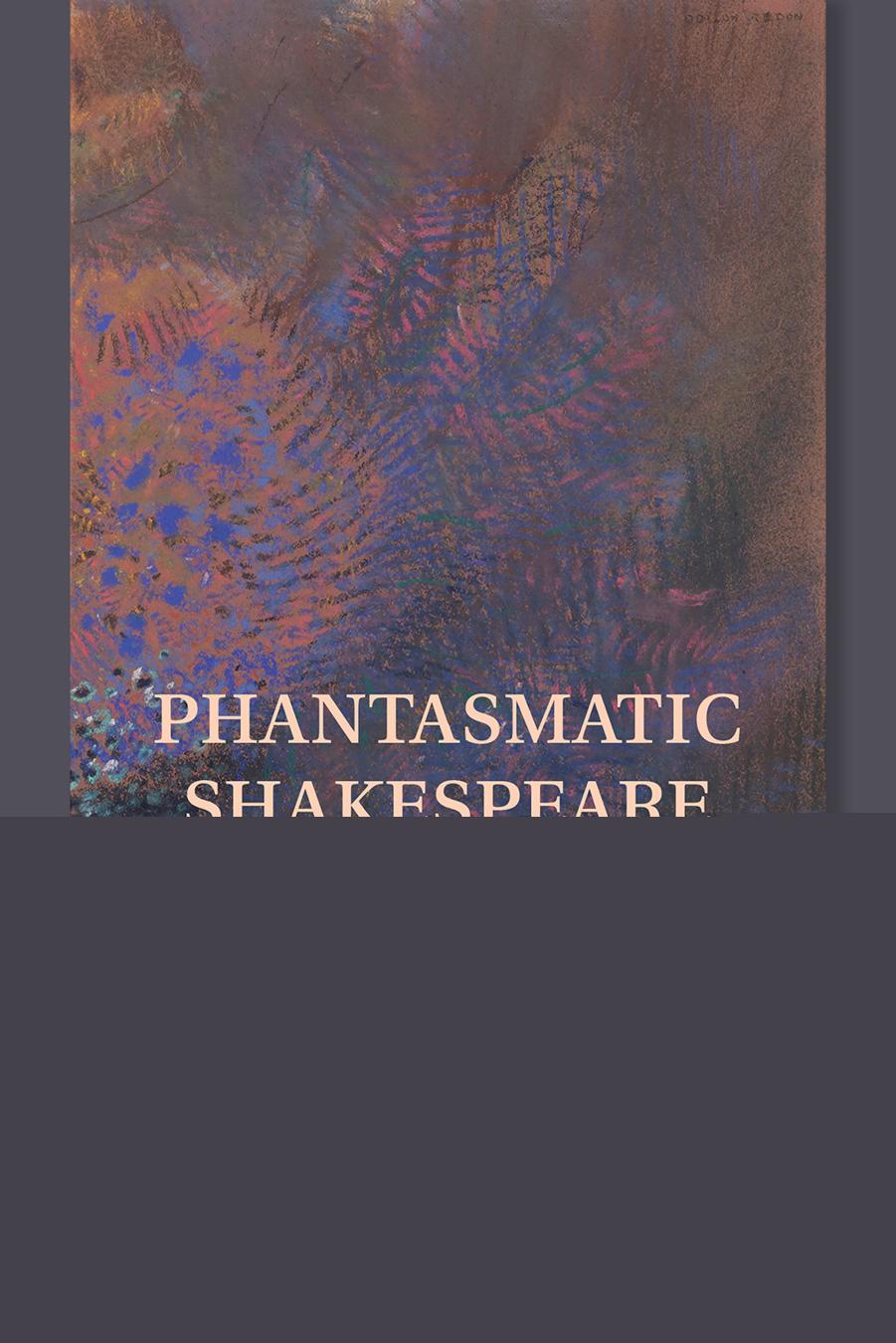Phantasmatic Shakespeare: Imagination in the Age of Early Modern Science by Suparna Roychoudhury

Author:Suparna Roychoudhury
Language: eng
Format: epub, pdf
Publisher: Cornell University Press
Published: 2018-01-15T01:12:29.518000+00:00
Imagination may be given to inconsistency (“fixed in some, in some with difference”) and predisposed to recursive solipsism (“selfe-application”); yet it remains the necessary intermediary between “Sense” and “vnderstanding.” These ideas are confirmed by the poet John Davies, who writes similarly that “Phantasie” is “wits looking glasse,” a “mirrour” with which the “vnderstanding” may examine “the gatherings of the Senses.”42 The fantasy here is not simply a symbol of the mind’s meager power; it is part of a cognitive system whose operations and errors may be understood as coherently as eclipses in the sky. Accordingly, a mix of celestial and optical tropes appears in Philippe de Mornay’s defense of Christianity, a text that styles itself as a geometric proof of the religion. It describes how the mind “beholdeth and seeth through his imaginations as it were through a Clowde, [and] is after a sort trubbled by the dimming of the Spectacles and by the smoakinesse of the imaginations.”43 Like cloud and smoke, imagination disperses light. Like a lens, it bends light. Where the passions are involved, fancy’s glass acts as a filter: Thomas Wright notes that oftentimes imagination “putteth greene spectacles before the eyes of our witte, to make it see nothing but greene,” coloring understanding with emotion.44 The foregoing examples do not simply equate fancy with mental fallibility; they attempt with some specificity to take the measure of imagination’s normal distortions, to grasp both its functionality and its routine errors with something approaching mathematical certainty.
Thus, if at the turn of the seventeenth century the outward eye metamorphosed into a camera obscura, the inward eye also became, in its own way, akin to an optical device—an idiosyncratic cognitive prosthesis, possessing its own quirks. The similarity had survived, in a sense, though it was subtly transformed. Strictly speaking, the eye is not merely like a camera; it is exactly a camera—just as the heart is a pump and a joint is a lever. There may have been speculation that the “light, and cleernesse” of imagination had a physiological basis: melancholy, we will see in the next chapter, had the power to darken the mind.45 For the most part, though, the unverifiable optics of imagination did not escape the realm of the figurative. Seeing, meanwhile, was newly privileged in the new empirical age. For early modern theologians, bodily sight is the poorer cousin of insight. The reverse is true among physicians and engineers: when they call the eye a “mirror or Looking-glasse,” they mean to stress the rectitude of its perception, the beauty of its material architecture.46 André du Laurens calls the eye a “beautifull christall” possessing an “infallible sence” that is rivaled only by the faculty of understanding. For Cardano as well, vision is on par with the intellect.47 Leonardo’s praise is perhaps the most fulsome: for him, the eye is the author of astronomy, cosmography, mathematics, architecture, and painting; it is the great nullifier of “confusions and lies.”48
That being said, Leonardo also confessed a habit of exercising his imagination at
Download
Phantasmatic Shakespeare: Imagination in the Age of Early Modern Science by Suparna Roychoudhury.pdf
This site does not store any files on its server. We only index and link to content provided by other sites. Please contact the content providers to delete copyright contents if any and email us, we'll remove relevant links or contents immediately.
Cecilia; Or, Memoirs of an Heiress — Volume 3 by Fanny Burney(31741)
Cecilia; Or, Memoirs of an Heiress — Volume 2 by Fanny Burney(31709)
Dialogue by Robert McKee(4270)
The 101 Dalmatians by Dodie Smith(3419)
Bound by Hatred (The Singham Bloodlines Book 2) by MV Kasi(2992)
Harry Potter and the Cursed Child - Parts One and Two by John Tiffany(2968)
The Art of Dramatic Writing: Its Basis in the Creative Interpretation of Human Motives by Egri Lajos(2941)
The Beautiful Boys: A High School NA Reverse Harem Paranormal Bully Romance (Shadowlight Academy Book 1) by Gow Kailin(2775)
Angels in America by Tony Kushner(2444)
Carrie's War by Nina Bawden(2402)
A Clockwork Orange by Anthony Burgess(2375)
Unlaced by Jaci Burton & Jasmine Haynes & Joey W. Hill & Denise Rossetti(2296)
The Femme Playlist & I Cannot Lie to the Stars That Made Me by Catherine Hernandez(2217)
Open Book by Jessica Simpson(2173)
Drama by John Lithgow(2165)
Outside Woman (BWWM Amish Romance) by Stacy-Deanne(2013)
Terrorist Cop by Mordecai Dzikansky & ROBERT SLATER(2010)
Yerma by Federico García Lorca(1982)
Leo's Desire by Sundari Venkatraman(1853)
